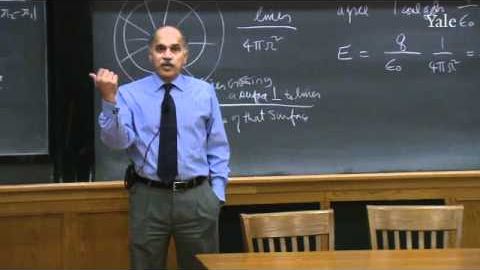
Subtitles & vocabulary
2. Electric Fields
00
Cheng-Hong Liu posted on 2015/02/23Save
Video vocabulary
force
US /fɔrs, fors/
・
UK /fɔ:s/
- Noun
- Group of persons trained for military action; army
- Pressure; attraction
- Transitive Verb
- To use physical strength or violence to persuade
- To break open (something) using force.
A1
More point
US /pɔɪnt/
・
UK /pɔɪnt/
- Noun (Countable/Uncountable)
- An item to be discussed
- Small spot or dot
- Intransitive Verb
- To face a certain direction, e.g. north
A1TOEIC
More field
US /fild/
・
UK /fi:ld/
- Noun
- Area of study, such as physics or biology
- Piece of land used to grow crops/raise animals
- Transitive Verb
- To respond to something or answer a question
- To catch or stop a ball during a game
A1TOEIC
More draw
US /drɔ/
・
UK /drɔ:/
- Transitive Verb
- To attract attention to someone or something
- To influence a person's involvement in something
- Noun (Countable/Uncountable)
- Something that attracts people to visit a place
- A lottery or prize
A1TOEIC
More Use Energy
Unlock All Vocabulary
Unlock pronunciation, explanations, and filters
